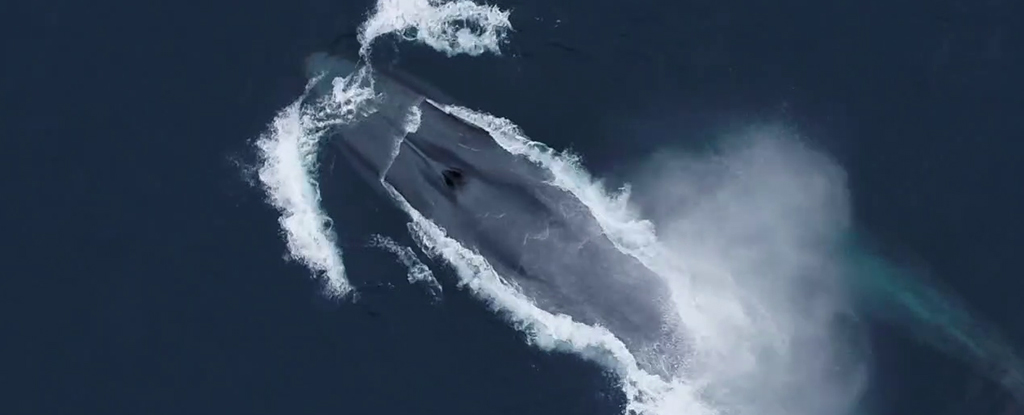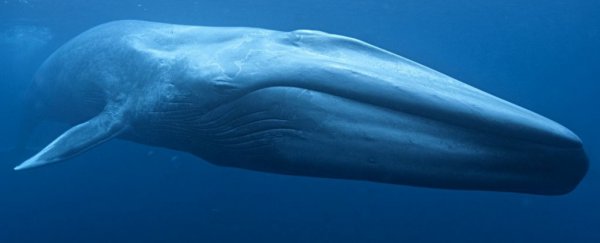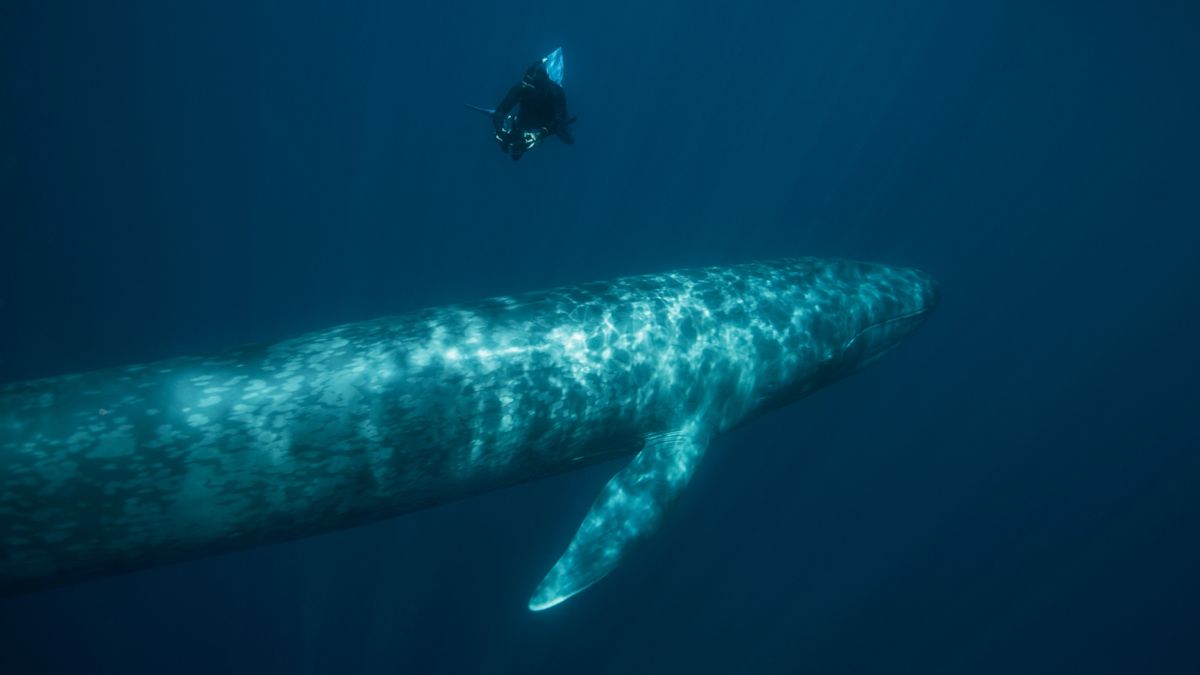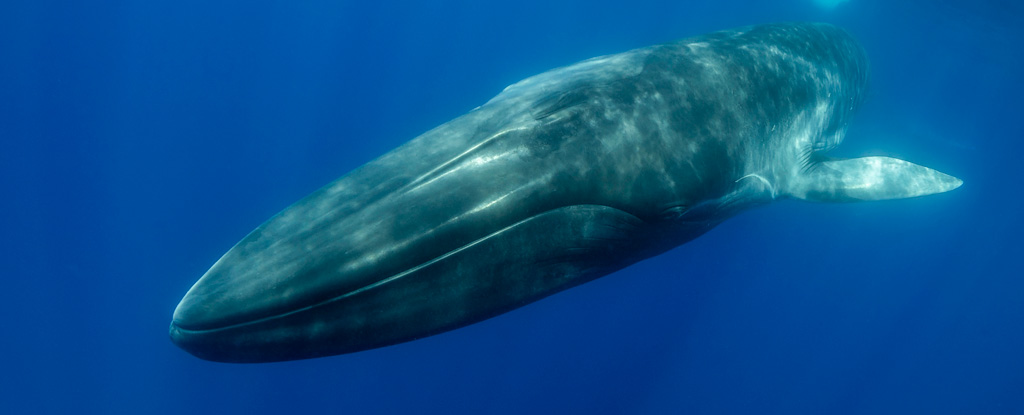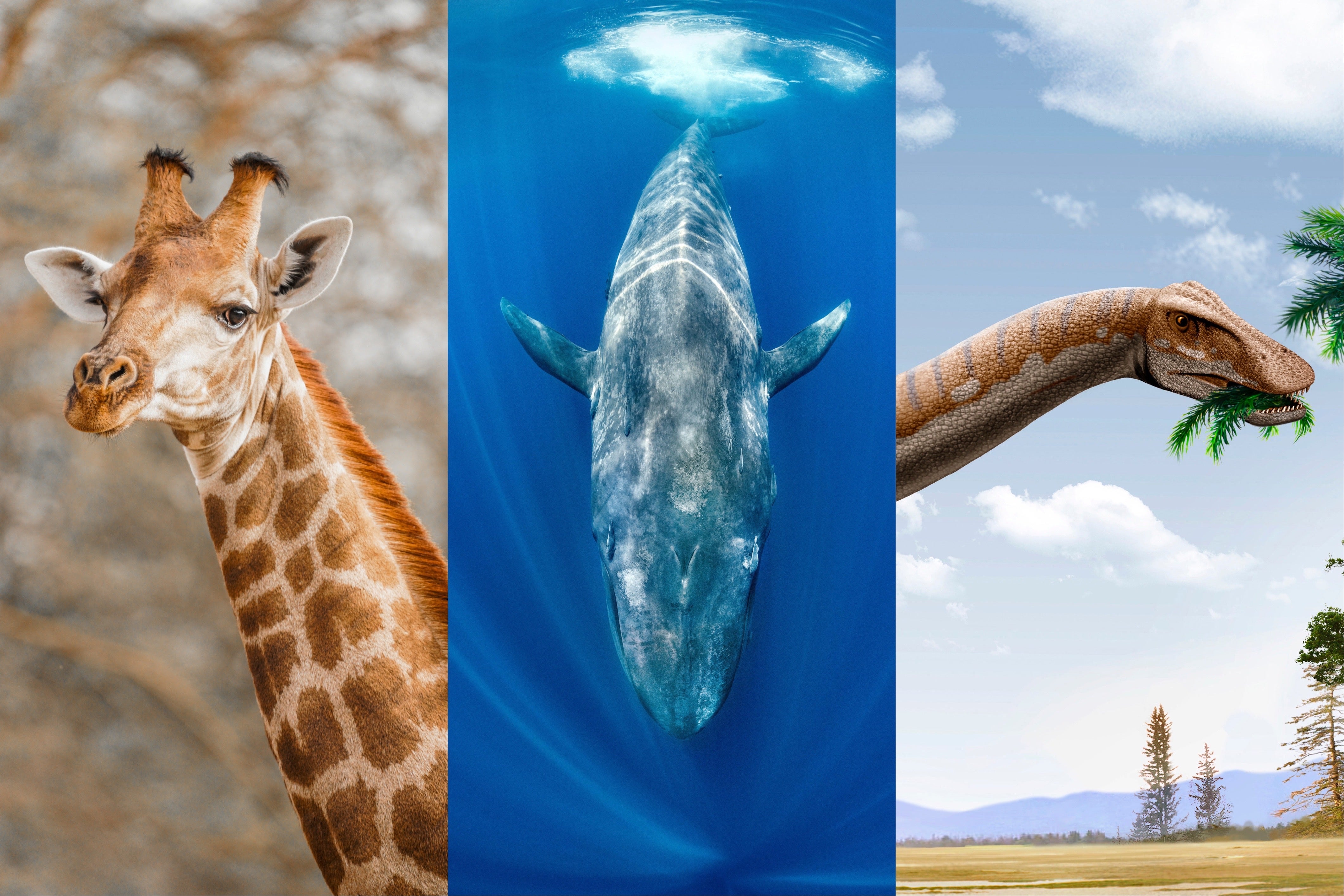
Blue Whales
The blue whale is a marine mammal and a baleen whale. Reaching a maximum confirmed length of 29.9 meters and weighing up to 199 tonnes, it is the largest animal known to have ever existed. The blue whale's long and slender body can be of various shades of greyish-blue dorsally and somewhat lighter underneath. Four subspecies are recognized: B. m. musculus in the North Atlantic and North Pacific, B. m. intermedia in the Southern Ocean, B. m. brevicauda in the Indian Ocean and South Pacific Ocean, B. m. indica in the Northern Indian Ocean. There is also a population in the waters off Chile that may constitute a fifth subspecies. In general, blue whale populations migrate between their summer feeding areas near the poles and their winter breeding grounds near the tropics. There is also evidence of year-round residencies, and partial or age/sex-based migration. Blue whales are filter feeders; their diet consists almost exclusively of krill.
